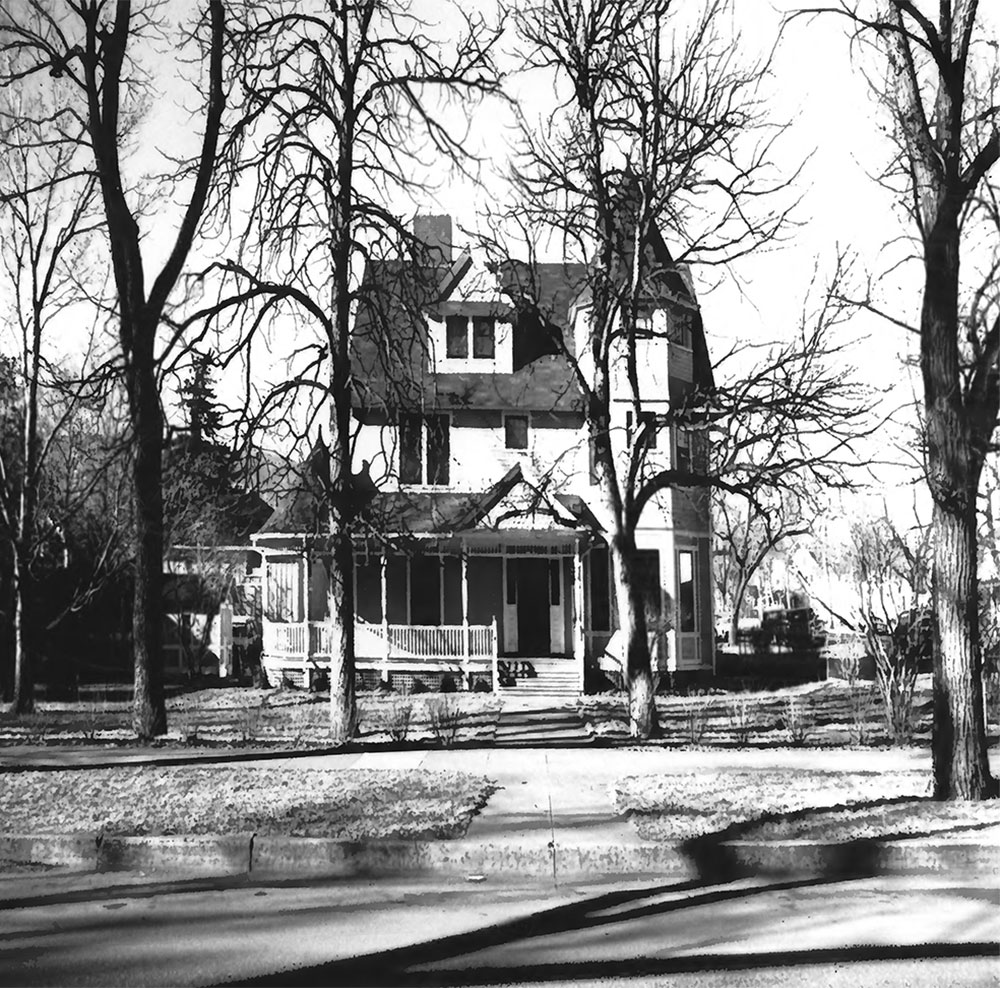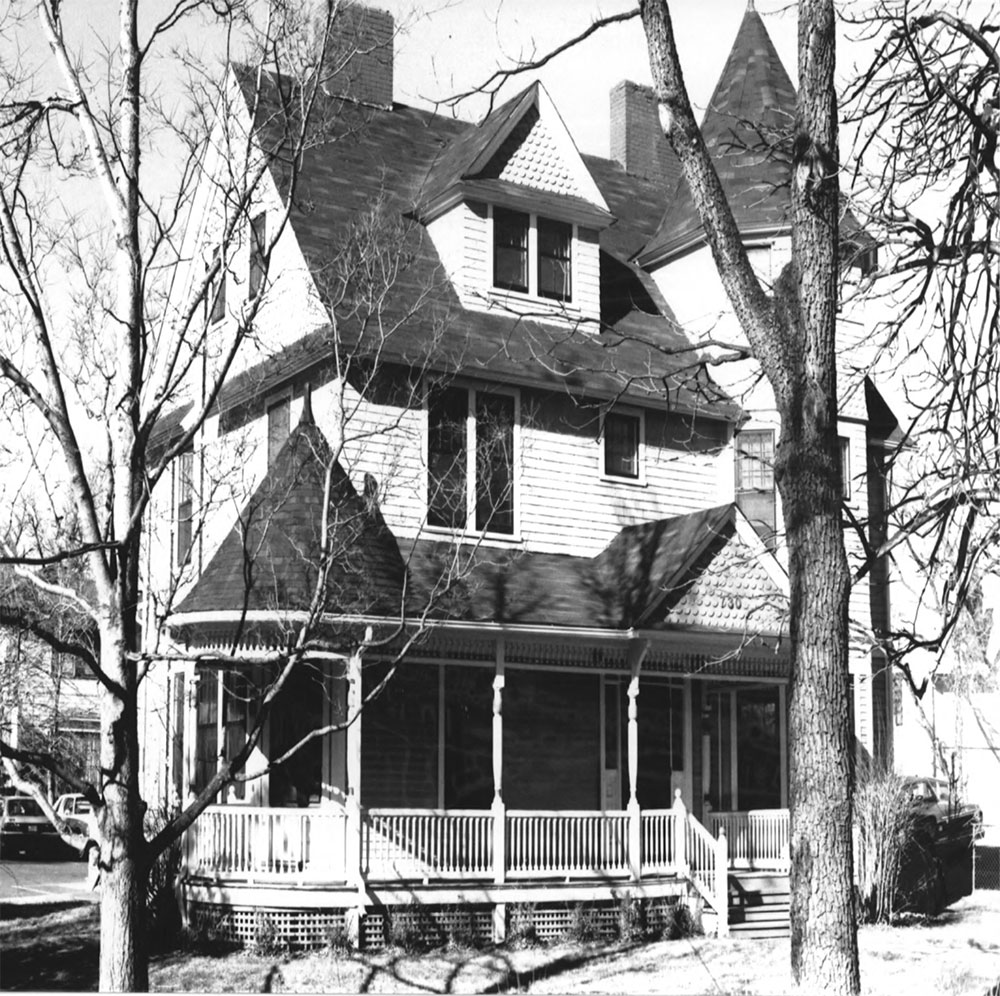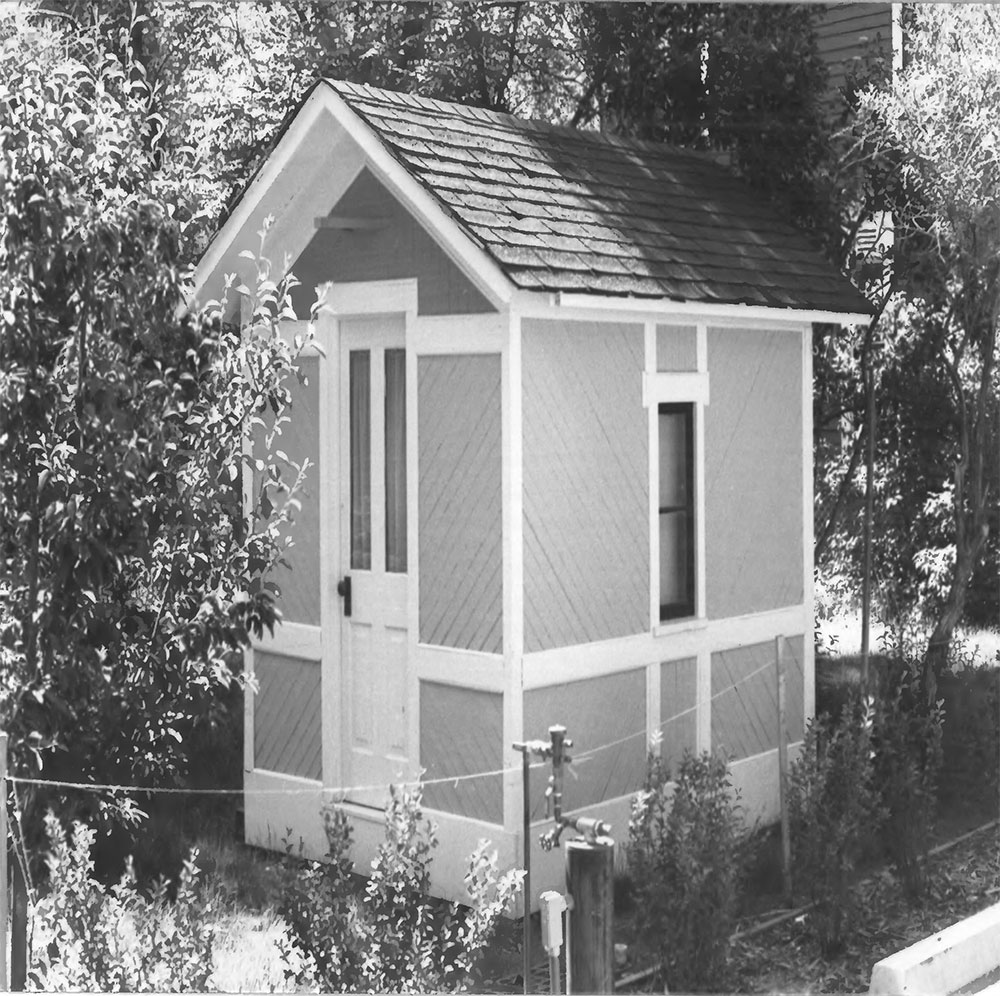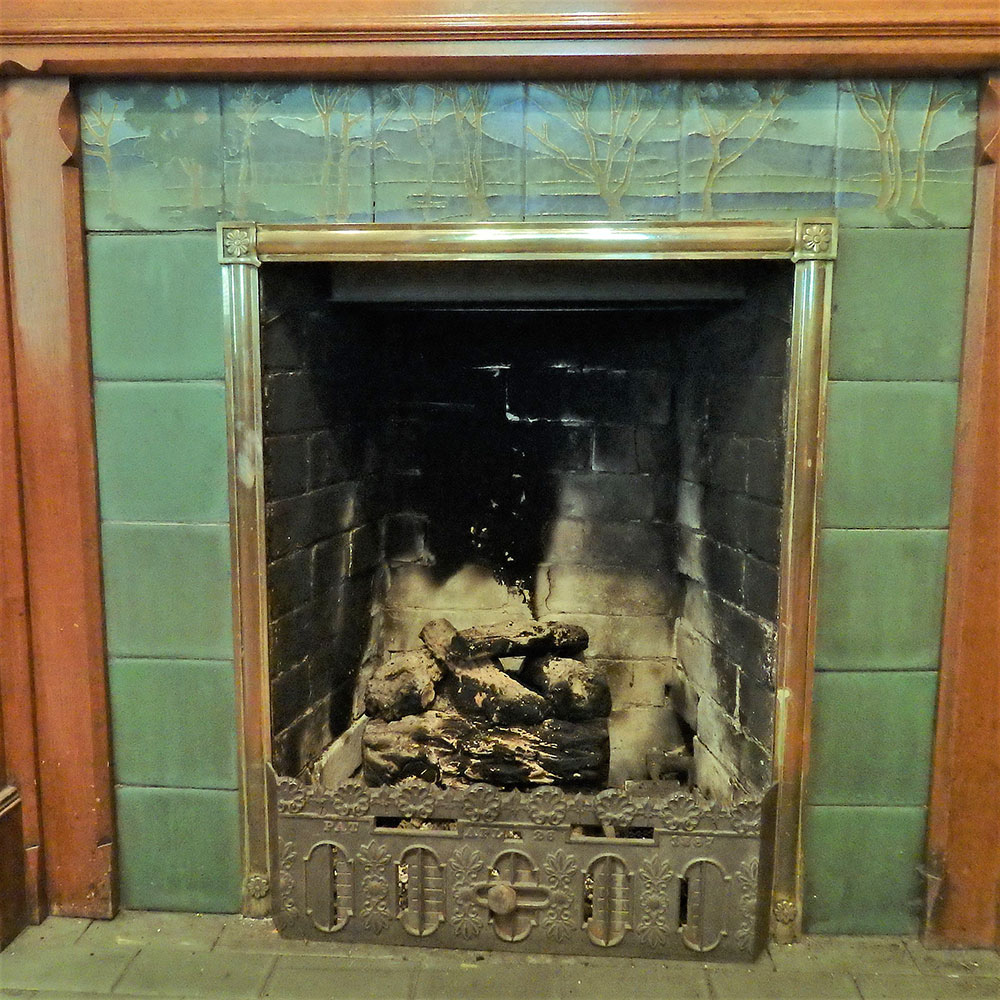Burgess House
Charles H. Burgess, his wife, and his son Willard, were typical of the well-to-do settler who came to Colorado Springs during its early development. The Burgess family moved to Colorado in April, 1880 from Sandwich Massachusetts. They bought the lot at 730 North Nevada Avenue, complete with a house and a barn, from Augusta Sigafus in 1882. Burgess moved the existing house to the west end of the large lot to allow for the construction of a more spacious, better appointed home. Construction began in 1884 and was completed in 1888. Like most of the houses constructed in Colorado Springs during the late nineteenth century, the Burgess's new house was a large dwelling, solidly built with high quality materials and all the domestic comforts and conveniences that were available; at the time. It was constructed by a local contractor from pattern books. Although not architect-designed, the use of pattern books allowed for a fashionable design and the inclusion of features popular during the Victorian era. While less grandiose than the mansions erected during this same period along North Cascade Avenue, the Burgess House is representative of the construction undertaken by the prosperous mercantile class who resided primarily along Nevada Avenue, Tejon and Weber Streets during the late 1800s.
730 North Nevada Avenue served as the Burgess family residence for almost 100 years. Willard Burgess married Mary Louise Martin, the daughter of Frederick Martin, an early civic leader and builder, and moved into the house in 1900 when his parents returned to Massachusetts. He ran a successful grocery business and had two daughters. Although well-maintained throughout the twentieth century, the Burgess family made few changes to the property. Early in the 1900s an 1874 playhouse, built by a well-known local builder, Joseph Dozier, was brought to 730 North Nevada Avenue from Mary Martin's childhood home, the site of the Acacia Hotel. The barn was converted for use as a carriage house and then a garage. These minor changes plus the modernization of the bathrooms, kitchen and heating facilities were the only changes made to the house while the Burgess family resided there. While there have been some changes to the building and site with the conversion of the house to professional offices, these modifications have been sensitively done, so as to minimize their effect upon the significant features of the property.
The Burgess House is a historic single family dwelling located on a large, tree-shaded corner lot just north of the downtown in Colorado Springs, Colorado. The house is a substantial, three-story, wood structure of balloon frame construction. It is laid out in a basic T-plan modified by a corner tower with a first floor bay window and a wrap-around front porch. The main roofs and the front dormer roof are medium-pitch gables with simple boxed cornices. The main and dormer roofs are pedimented and the west gable is finished with a return. There are two small shed dormers in the rear of the west roof. A three-story tower, capped with a polygonal roof, is located at the building's northeast corner. A conical roof sets off the south end of the front porch. There are three unadorned chimney stacks symmetrically placed in the north, south and west sections of the building.
Architecturally, the house is representative of the vernacular Queen Anne style that was constructed in Colorado during the late 1800s. Although simpler in design than Queen Anne style buildings built elsewhere, the residence contains the key elements that distinguishes this historic architectural style in Colorado: irregular shape, multiple gable roofs, prominent corner tower and front porch, contrasting materials and some decorative detailing. Typical of this Victorian style, the building is clad in several different types of wood siding, including clapboard, fishscale and square shingles. Also characteristic are the decorative spindles and turned balusters which embellish the front porch. Plain moulding trims the base of the tower's bay window as well as the other window and door openings. A simple horizontal band of moulding also separates the first and second floors. The most common window type is a double-hung sash window with 9 over 1 lights. Also found are square-hinged and fixed windows and two diamond-shaped windows which illuminate an interior stairwell. Exterior doors are single-leaf panel wood doors. The front entrance door is set off with a multi-paned transom and side panels.
The Burgess House stands today much as it has for the last 100 years. It is an important vestige of the past which has increased in significance as almost all of the large homes like it in the downtown have been razed or irreversibly altered.









